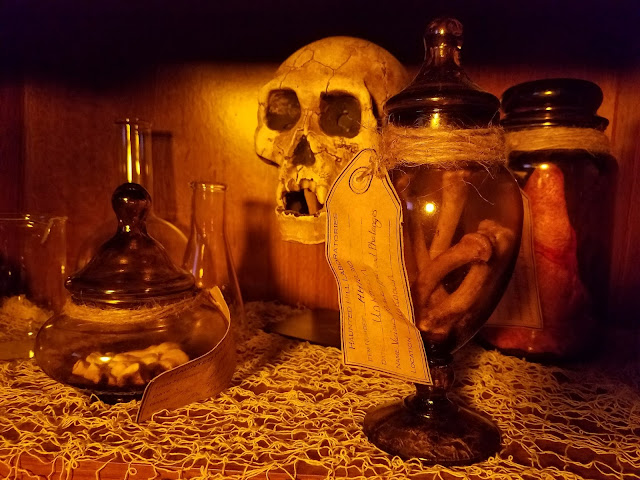The largest perpetrator of this re-imaging, according to Ridenour, is Gerald Brom's novel Krampus. Published in 2012, the fictional tale removes the legend from its Austro-Bavarian homeland and transplants it in the Nordic countries, claiming the figure is the son of Loki and transforming his relationship with Saint Nicholas into a vicious rivalry. In fact, much of Brom's alterations resurface in a 2013 article in National Geographic, Brian Joines and Dean Kotz' graphic novel Krampus!, and the 2015 film Krampus by Legendary Entertainment. In each subsequent retelling, the misconceptions presented by Brom are elaborated upon, particularly the invented feud between Krampus and Saint Nicholas. As Ridenour highlights, the interaction between the two individuals has always been depicted as a mutual companionship; however, Brom's rendition and those which have followed dismantle this affiliation and established a bitter conflict. Similarly, Joines and Kotz' comic erroneously mistakes Saint Nicholas with Santa Claus – shifting Krampusnacht from December 5 (the eve of Saint Nicholas' Feast) to December 25 (Christmas Day) – and the film removes both Saint Nicholas and Santa Claus entirely from the legend, fashioning Krampus into a demonic version of the two who brings global death and destruction at Christmastide.
Works Referenced
Basu, Tonya. "Who is Krampus? Explaining the Horrific Christmas Devil." National Geographic. December 2013.
Brom, Gerald. Krampus: The Yule Lord. New York: Harper Voyager, 2012.
Gietzen, Delbert. The Esoteric Codex: German Folklore. Raleigh, NC: Lulu Press, Inc., 2016.
Joines, Brian and Dean Kotz. Krampus! Berkley, CA: Image Comics, Inc. 2014.
Krampus. Dir. Michael Dougherty. Perf. Toni Collette and Adam Scott. Legendary Entertainment. 2015.
Ridenour, Al. The Krampus and the Old, Dark Christmas: Roots and Rebirth of the Folkloric Devil. Port Townsend, WA: Feral House, 2016.








































